nanyangshi specialty
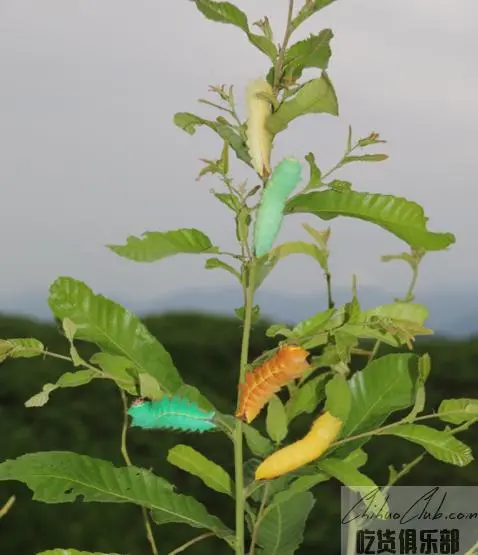
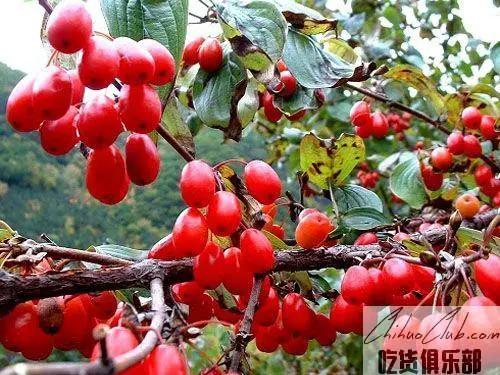
Xixia is the hometown of the mountain, and its quality and output are prominent in the country. Hawthorn is contained in the Chinese Pharmacopoeia. It is a dry and mature pulp of Hawthorn in the hawthorn plant. It has the functions of replenishing liver and kidney and removing phlegm and removing it. It is a commonly used and essential medicine for Chinese medicine. The Xixia Hawthorn variety is complete, and there are many excellent varieties. “Shiqian Date”, “August Red”, “Ma's Date”, “Pearl Red” and “Rice Jujube” are typical excellent varieties, fresh fruit shines, The color is red, the skin is large, the meat is thick, and the medicinal value is high.
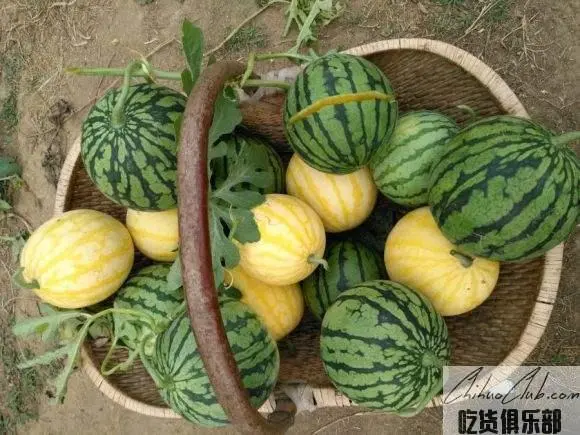
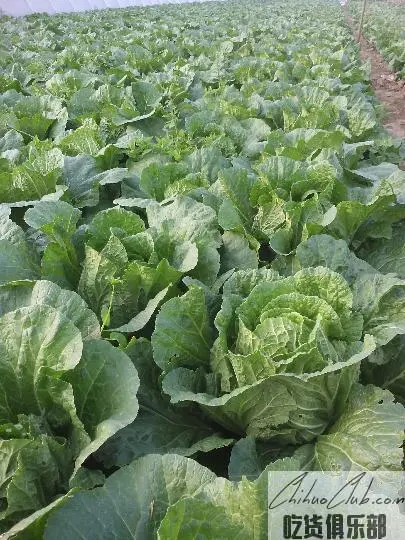
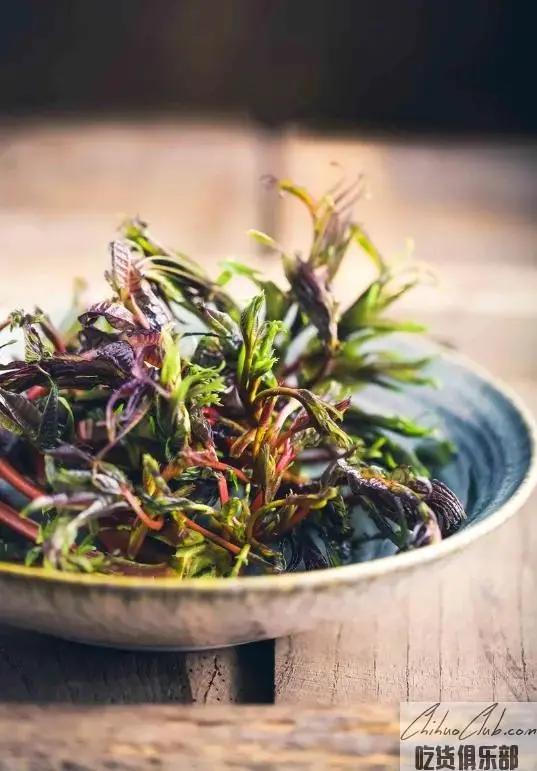
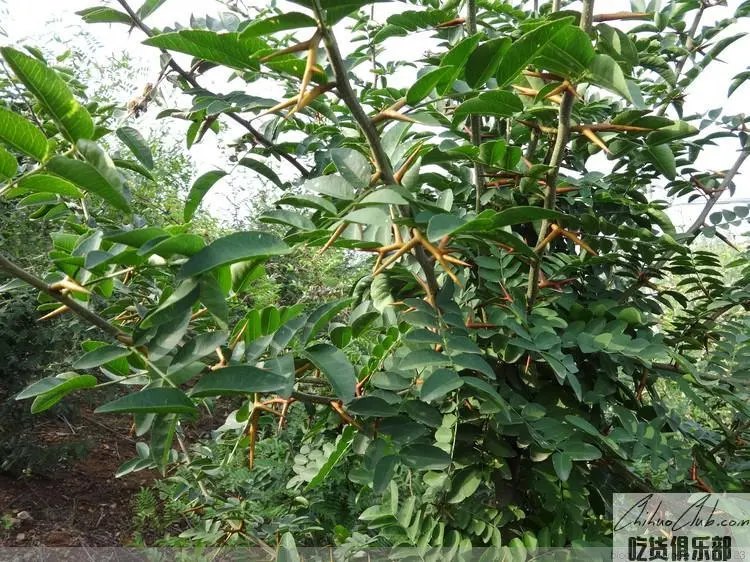
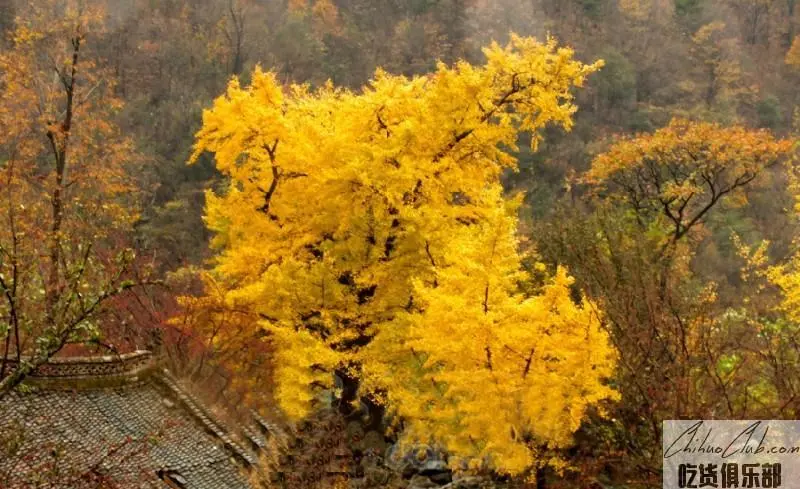
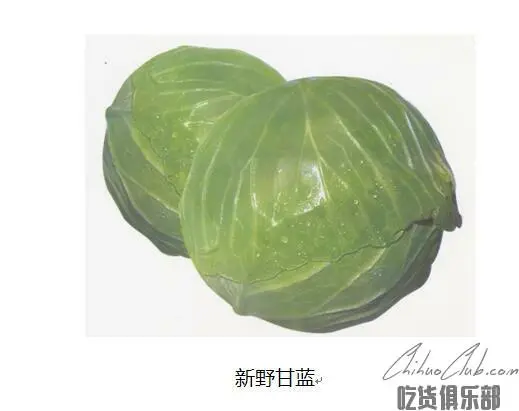
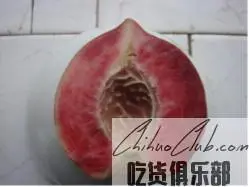
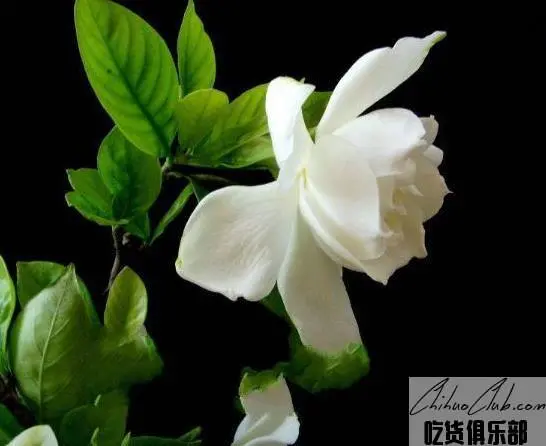
Since ancient times, Xunzi has been closely connected with the ancient Chinese culture. It is the same as the orchid, and it is the same as the traditional culture of Confucianism, Buddhism and Taoism. It is the idol of Buddhism and gentleman worship. It is the embodiment of purity, sincerity, friendship and practicality. Since ancient times, Tang Xiezi has been well-known both at home and abroad with traditional Chinese medicine famous names such as “Tang Chaihu”, “Tang Banxia” and “Tang Xiangfu”.
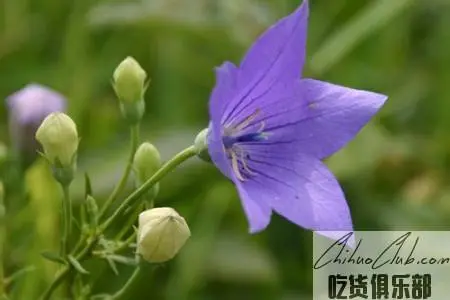
Tongli stem is produced in Tongbai County, Nanyang City, Henan Province. Tongbai County has more than 1,000 kinds of natural Chinese herbal medicines, which is known as the "treasure of Chinese medicine". Tongtong platycodon was named as Tongling Terrier by the "Compendium of Materia Medica" due to its production in Tongbai Mountain, Tongbai County. Tong platycodon has a unique chrysanthemum heart, which can be used to remove sputum, remove evil phlegm, remove internal leakage and throat. Originally wild, it can now be planted by hand. In April 2006, the General Administration of Quality Supervision, Inspection and Quarantine approved the implementation of GI products for the protection of platycodon grandiflorum.
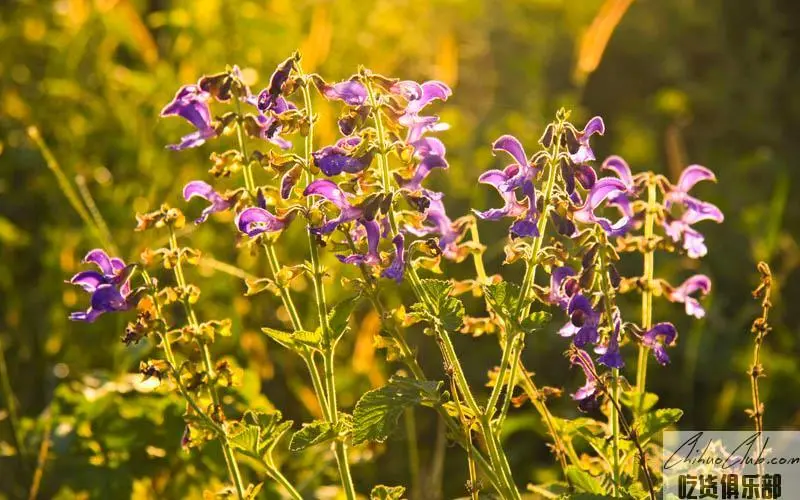
Fangcheng is rich in Salvia, with good quality and remarkable curative effect. According to the Qing Dynasty "Fangcheng Zhi" (Kangxi 30 years of revision of the thirty-sixth issue) contains: "Fangcheng territory of the Guang Wheel, covered with the ancient Yuzhou, Xingye points of the Tongbai mountain Huai water upstream, peaks and liaison, surrounded by streams, Wild 陂 腴 腴 , , , , , , , , , , , , , , , , , , , , , , , , , , , , , , , , , , , , , , , , , , , , , , , , , , , , , , , , , , , , , , , , , , , , , , , , , , , , , , , , , , "Compendium of Materia Medica" contains: "Salvia stagnation and pain relief, promoting blood circulation, revitalizing the mind, clearing the heart, treating the pain." Modern medical research shows that Salvia miltiorrhiza has the effects of dilating blood vessels, lowering blood pressure, lowering blood fat and anti-thrombosis, and has significant effects on coronary heart disease, angina pectoris, myocardial infarction, cerebral thrombosis and gynecological diseases. Fangcheng Danshen's title "Yu Danshen" originated in the Jin Dynasty and flourished in Ming and Qing Dynasties. The folk songs of "Salvia King, Yuzhou Governor, good quality, good efficacy, Shanghai, Wuhan Yaozhuang; walking the water, going to the ocean" are the best praise for "Yu Danshen".
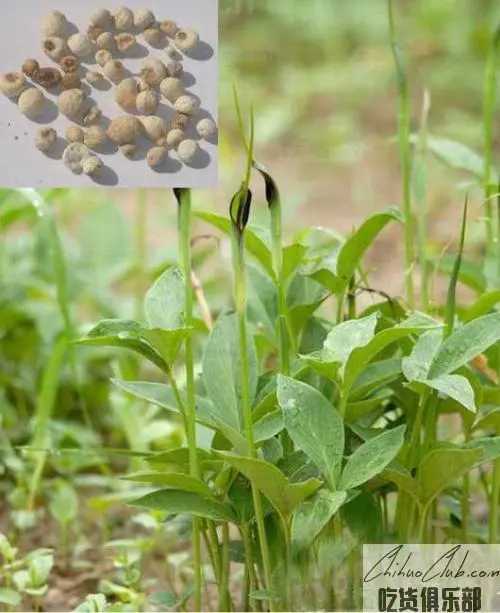
Tang Banxia, commonly known as medicine dog egg, is an ancient name for the variety of authentic medicinal materials produced under the specific human and geographical conditions of Tanghe. Pinellia is a perennial herb of the genus Araceae. The mid-summer of the Tang Dynasty is a perennial herb of the genus Araceae, which has the effects of dampness, phlegm, phlegm and phlegm, and eliminates phlegm and stasis. It mainly treats genital warts, chills, vomiting, chest, chest, and plum qi.

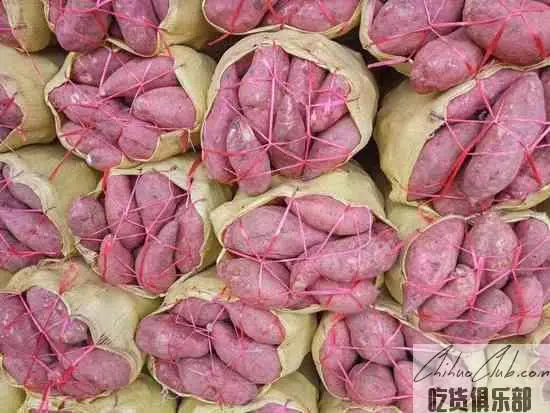
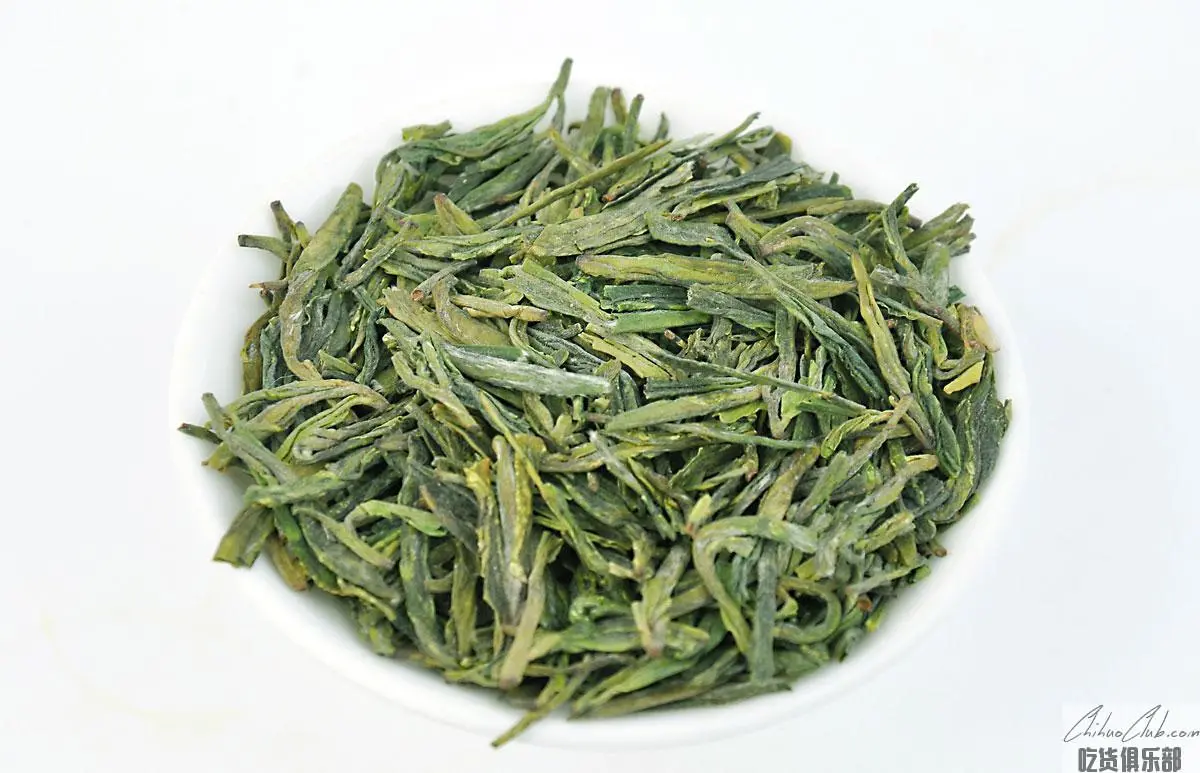
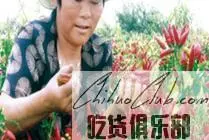
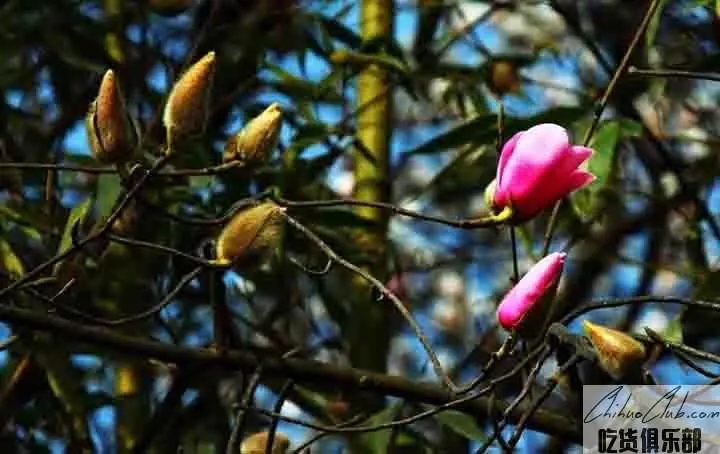
Xinyi has been recorded in China's "Book of Songs" and "Chu Ci". Among the traditional Chinese medicine preserved in the Han Tomb of Mawangdui in Changsha, there is a complete Xinyi, which shows that Xinyi has been used for medicinal purposes in the Han Dynasty and has been circulated in the folk. Nanzhao is the original place of Xinyi, the main producing area of Xinyi in the country. There are distributions in the middle and low mountains of the county. At the end of the Yuan Dynasty and the beginning of the Ming Dynasty, there were many Xinyi around the Performing Arts Hill in Xiaodian, the East Garden in Yunyang and the West Garden and the Queen's Flyover. During the Qing Emperor Yongzheng period, Xinyi had an annual output of more than 5,000 kilograms, and it was also called winter flowers and hawthorn meat. Nanzhao three major specialties.
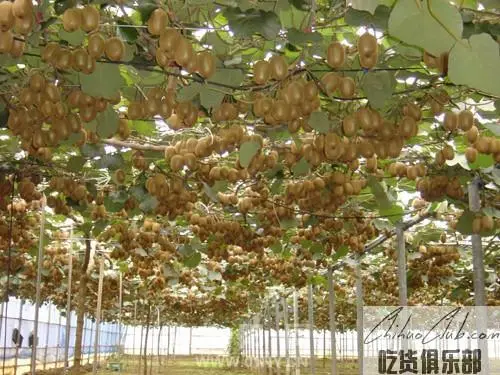
"Xiaxia Kiwi" is a specialty of Xixia County, Henan Province. China National Geographical Indication Products. The county is located in the temperate and subtropical junctions. It is the earliest area for artificial cultivation of kiwifruit in China. It is also the region with the most resources of wild kiwifruit. The unique climatic conditions make the kiwifruit produced in the county have excellent quality and good taste. Vitamin C High content. The products have won many honors through various international and Chinese domestic certifications. The county also won the title of “Hometown of Kiwifruit”.
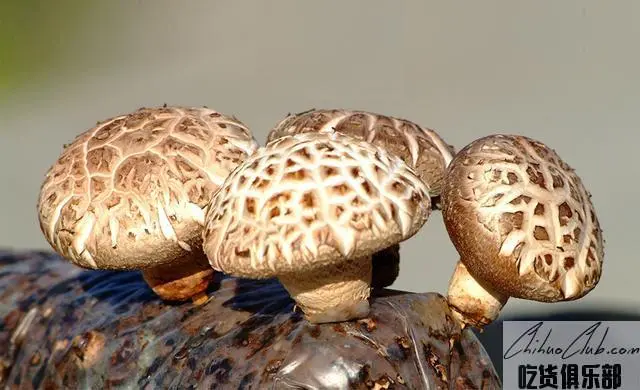
Xixia is a mountainous county. The natural condition is “eight mountains and one water, zero point and seven points of field”. It has the climatic characteristics of the transition from the north subtropical to the warm temperate zone, and the climate difference in the warmer winter zone. The altitude is 181 meters to 2212 meters, the annual average temperature is 15.1 °C, the relative humidity is 69%, and the average annual precipitation is 881.6 mm. The annual average sunshine is 2019 hours, the frost-free period is 236 days, the forest coverage rate is 76.8%, and the ecological environment is superior. It is suitable for the growth of various types of crops and is the golden zone for the production of mushrooms.